Norwegian history in a nutshell. Discover the key dates and events in the long history of Norway with this handy timeline.
Modern Norway has only existed as a truly independent nation since 1814. But the history of the land is a long and fascinating one. Many people know about the Vikings and the oil age, but there are so many more stories to tell.
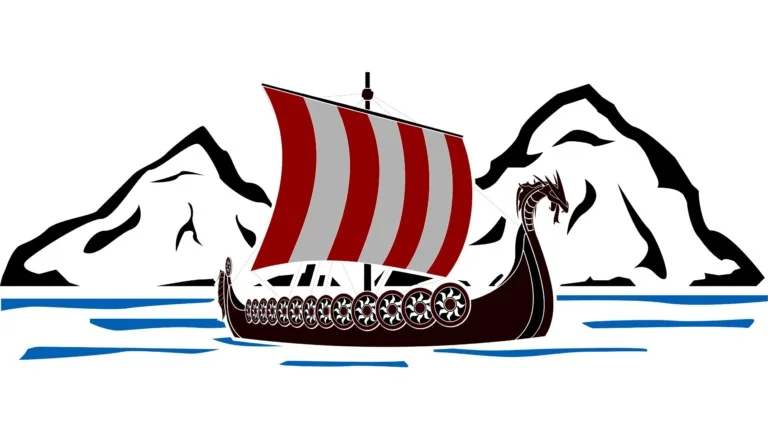
From living off the land and ocean long before the Viking Age to the complicated unions with Denmark and Sweden, this Norway timeline outlines everything you need to know about the history of Norway.
Norway's prehistory timeline
Norway's history has long been influenced by both the terrain and the Scandinavian climate. Most of the Scandinavian land mass has been covered by ice at least three times. Here are the key dates we know about:
10000 BCE: Humans arrive in Scandinavia from the first time, attracted to the Norwegian coast by the good conditions for sealing, fishing, and hunting. They arrive from the south, but also from the northeast.
8000 BCE: Nomadic groups begin to settle as the ice recedes along the entire coastline.
4000 BCE: Farming begins along the Oslofjord at the start of the Neolithic period. Tools and techniques arrive from southern Scandinavia.
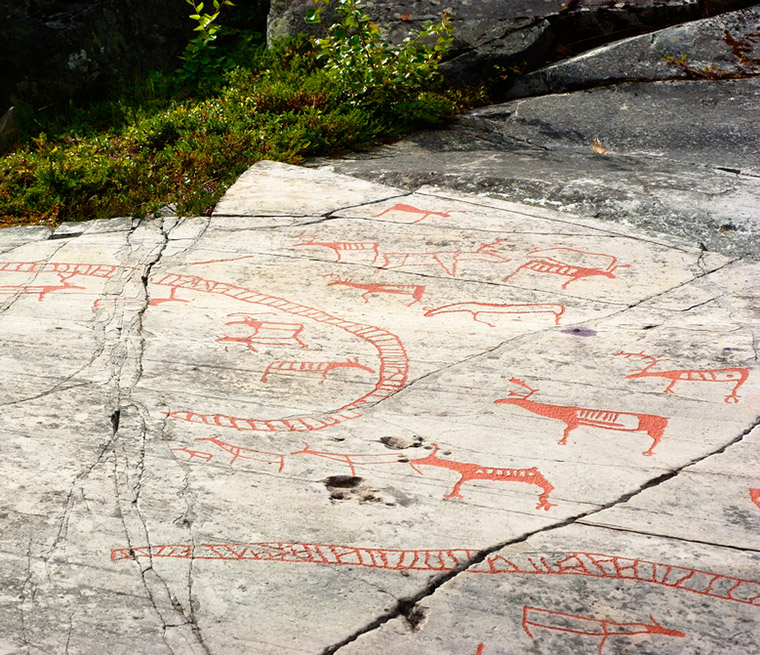
3000 BCE: The era of the fascinating Scandinavian Battle-Axe culture in coastal areas of Norway and Sweden. A recent research study suggested individuals have ancestry from the Pontic–Caspian steppe herders, with components originating from hunter–gatherers and Early Neolithic farmers. This means there was migration into Scandinavia.
2800 BCE: Agriculture and farming modernises and spreads across the country. Oats, barley, pigs, cattle, sheep and goats are now commonplace.
The Bronze Age in Norway
The copper and tin in the bronze from the Bronze Age came from people far away. Globalisation was now a thing for the first time. As a maritime society, scholars have suggested this could have been a mini-Viking Age.
1700 BCE: The beginnings of the Early Bronze Age, triggered by the import of both metals and culture from central Europe.
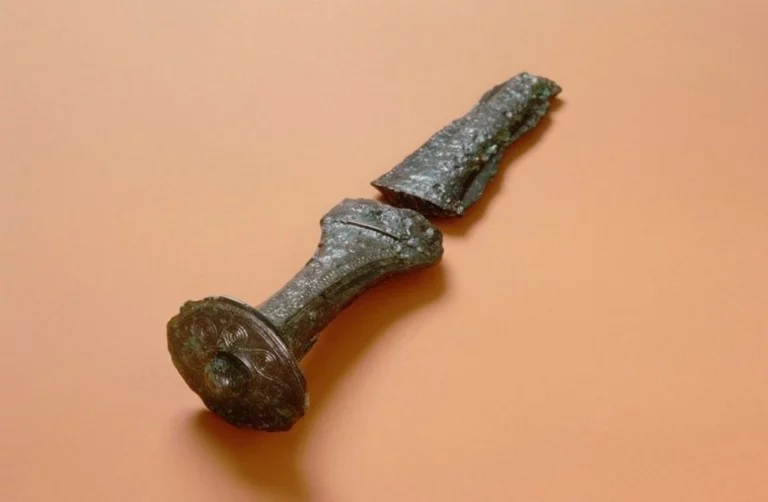
1100 BCE: The transition into the Late Bronze Age. People maintained close trade links with Mycenaean Greece, and became expert metalworkers. The number and density of metal deposits saw wealth develop.
Iron Age in Norway
The transition into the Iron Age is marked by change. A changing climate caused a dramatic change in the flora and fauna leading to migration southwards.
Also, the expansion of Hallstatt culture from the south caused cultural shifts. Northern Iron Age culture was likely spearheaded by speakers of Germanic languages, long before the Viking Age came to the fore.
500 BCE: This period is often referred to as the “Findless Age” due to the lack of archaeological evidence, consistent with a drop in population.
100 CE: The Roman Empire begin to exert pressure on the Germanic tribes throughout Northern Europe. This period became known as the Roman Iron Age. Significant trade took place, with coins, vessels, glass objects, buckles and weapons all making their way into Scandinavia.
250 CE: Germanic tribes that settled north of the Black Sea begin to influence Scandinavia. For example, the use of runes is seen for the first time. Sami people begin to settle in the north of Scandinavia. How far south they lived is debated.
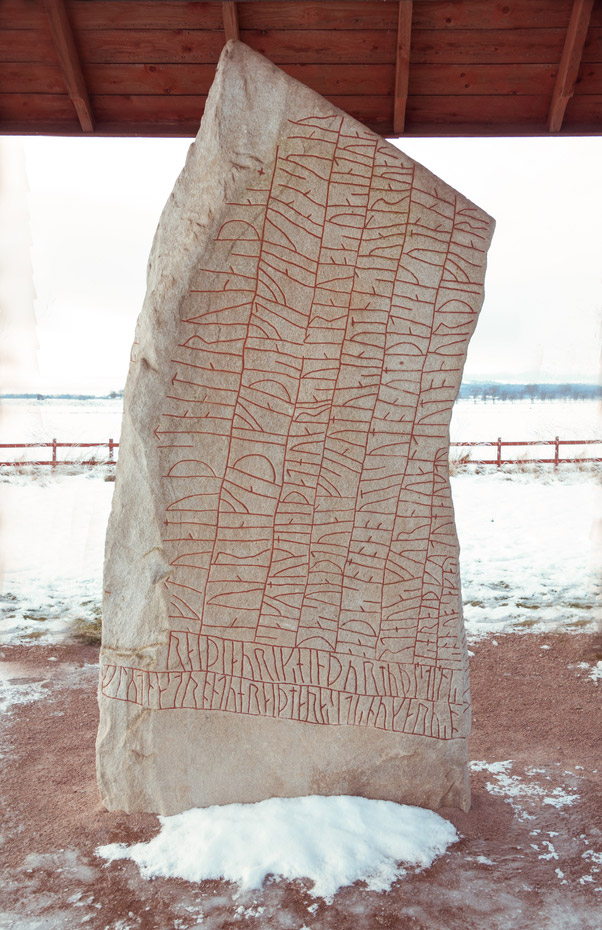
450 CE: Scandinavians return to the region with silver and gold from the Roman Empire. Trading in such luxury goods begins to increase.
550 CE: Powerful farmers became chieftains and their power increased as other Germanic tribes migrated northwards and local farmers wanted protection.
The Viking Age in Norway
An era of exploration and expansion. Yes they were warriors, but the Norsemen of the time also created social institutions, oversaw the conversion to Christianity and left a big impact on European history. A full Viking timeline is here, but read on for some highlights.
Read more: Why Did The Viking Age Begin?
793: Widely accepted as the “beginning” of the Viking Age, the raid on Lindisfarne was the most notable of the early attacks on the British Isles. According to written sources, “heathen men came and miserably destroyed God’s church on Lindisfarne, with plunder and slaughter.”
830: Norway's Oseberg ship that was discovered near Tønsberg was buried around this time. It's known as the finest artefact to have survived from the era.
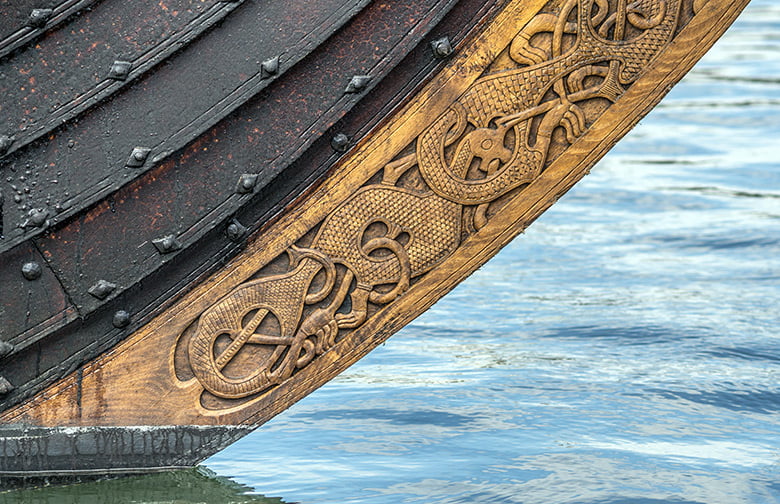
872: Icelandic historians believe Harald Fairhair (Harald hårfagre) became the first King of Norway. He is said to have unified Norway following the Battle of Hafrsfjord, commemorated by the famous swords sculpture of Stavanger.
900: Battles continue in Britain over land and power, while Viking sail into France and along the Mediterranean.
981: Expelled from Norway and Iceland, Erik the Red settled in Greenland with 25 ships, people and goods. More than 3,000 Vikings were said to be living on Greenland as farmers at one point. Vikings also discovered Newfoundland after being blown off course on a voyage to Greenland.
995: Olav Tryggvason built the first Christian church in Norway. He would go on to found the city of Trondheim in 997.
1030: Norway's Christian King Olav Haraldsson was defeated in the Battle of Stiklestad. Churches and shrines to Saint Olav were built in his honour across Europe. However, some historians doubt the authenticity of the battle.
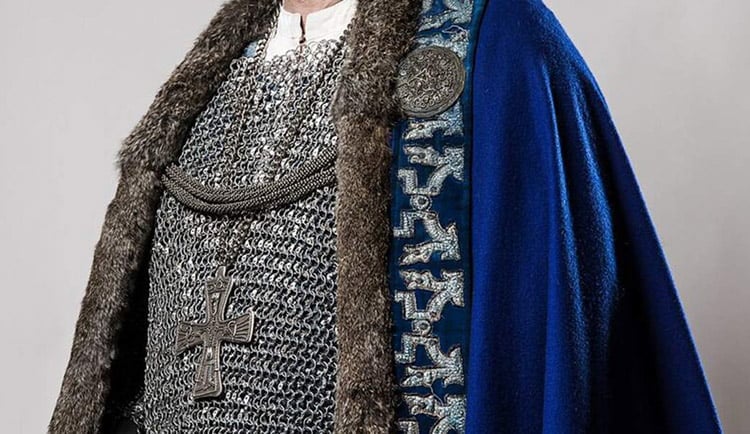
The Middle Ages
Many chieftains feared that Christianity would rob them of power, so it took centuries for the new faith to be fully accepted. For many years people adopted both as a form of “insurance policy.” For example, carvings in some of Norway’s oldest stave churches feature figures from Norse mythology.
1100: Population increased drastically. Many farms were divided into smaller plots of land, with some landowners turning over their land to the King or church during tough times.
1130: After almost a century of peace, ambiguous rules of succession led to a civil war.
1280: Known as Norway's original ‘golden age', the late 13th and early 14th century was a peaceful time of increasing international relations.
1349: Many communities were entirely wiped out as the Black Death arrived in Norway. The disease killed a third of the population within a year. The subsequent drop in tax income weakened the King so the church became more powerful.
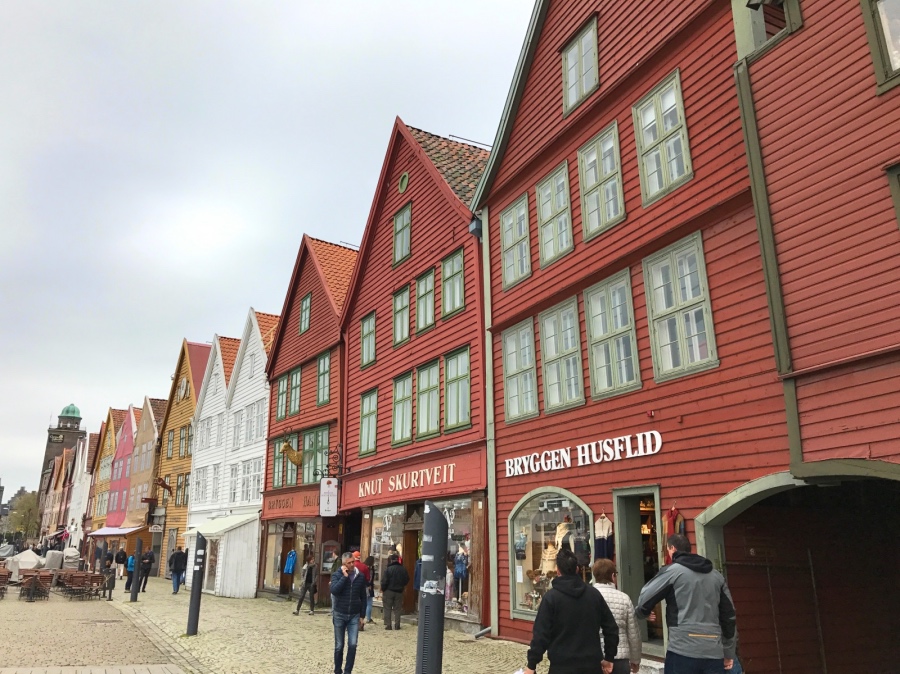
1360: The Hanseatic League took control of a lot of international trade via its establishment in Bergen.
The Scandinavian Unions
1397–1523: The Kalmar Union was a personal union between Norway, Denmark and Sweden – which at the time also included much of modern Finland – under a single crown.
1524–1814: The Kalmar Union dissolved, but Norway remained in a personal union with Denmark. While the crowns were united, the two countries retained their own laws, currencies and militaries.
Norwegian Independence
1814: The signing of the Norwegian constitution at Eidsvoll. However, nationalistic aspirations were frustrated by Sweden's victory in a brief war.
1814–1905: Norway entered a personal union with Sweden. The countries shared a common monarch and conducted a common foreign policy.
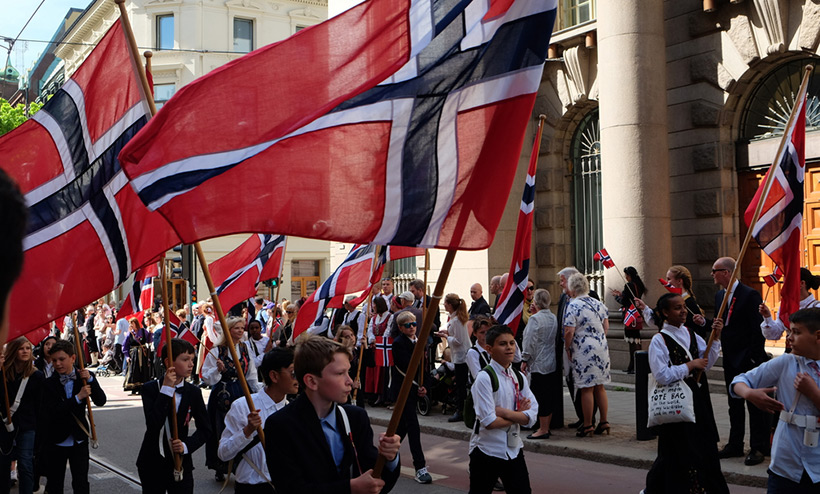
1905: Negotiations between the two governments eventually led to full independence. Sweden recognised Norway as an independent constitutional monarchy.
The World Wars
1914-1918: Norway remained technically neutral during World War I, but wielded significant influence through trade and diplomacy.
1940-1945: Norway was occupied by German forces for much of World War II. The country played host to some key moments, including the Battle of Narvik, Operation Claymore and the Heavy Water War.
1952: Oslo hosted the 1952 Winter Olympics. The city put its name forward to show the world they had recovered from the war. In total, 694 athletes from 30 nations participated. Norway won 16 medals, 7 of them gold.
The Oil Age
1966: The first oil exploration well was dug in the North Sea. Oil was discovered within a year, but it was not thought to be economically viable.
1969: Initial oil exploration in the North Sea had proved disappointing until the Ocean Viking discovery. This find in what would become known as the Ekofisk field kick-started a new economic era for Norway.
1972: The Norwegian government creates Statoil, which would later become Equinor. Building up Norwegian competence and participation on the Norwegian continental shelf were the primary aims. The government of Norway remains the largest shareholder today.
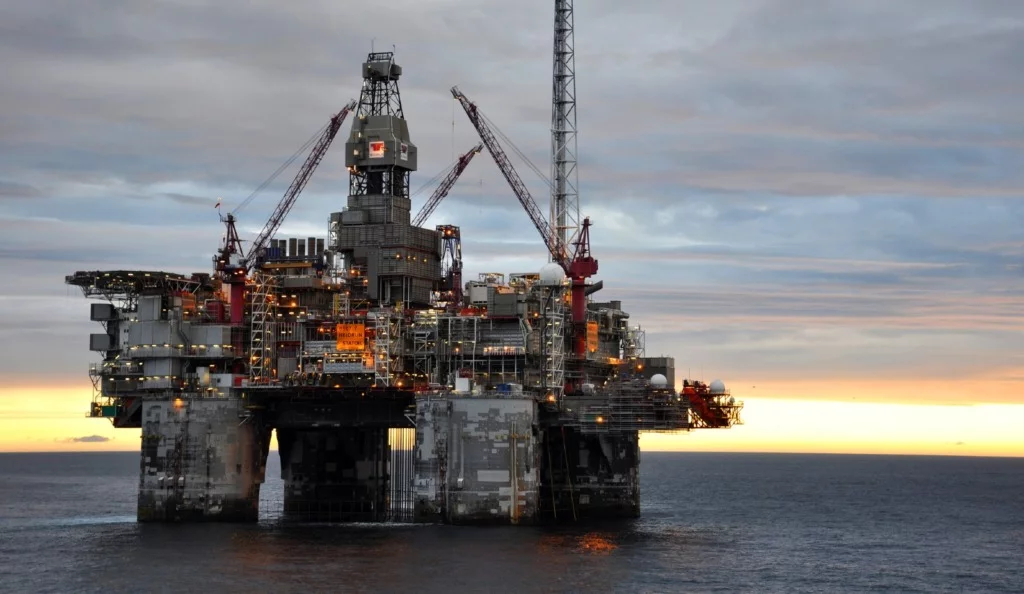
1972: 53.5% of Norwegians voted “no” in a national referendum on joining the European Community (EC). Following the result, Norway's prime minister resigned.
1979: Bergen’s former Hanseatic trading district Bryggen becomes Norway’s first UNESCO World Heritage site. UNESCO praised the renovation work following fires: “rebuilding has traditionally followed old patterns and methods, thus leaving its main structure preserved.”
1987: Norway's Parliament passed the Sami Act, allowing for the creation of the Sami Parliament that first convened two years later.
1990: Norway's Parliament passed a law to establish the Government Petroleum Fund. It was designed to invest the surplus revenues from the petroleum sector, and would go on to become the world's largest sovereign wealth fund.
1992: Norway once again held a referendum on European membership, this time to the EU. The “no” side once again prevailed taking 52.2% of the vote on a turnout of 88.6%.
1994: Norway once again hosted the Winter Olympics. This time, the eyes of the world fall on Lillehammer. It was very cold during the Games, which is potentially why Norway did so well, dominating the medal table.
Norway in the 21st Century
We’re not even one-quarter of the way into the 21st century, yet a lot has happened in Norway these last few years.
2004: When navigating through shallow waters near Bergen, the cargo vessel MV Rocknes overturned, killing more than half its crew.
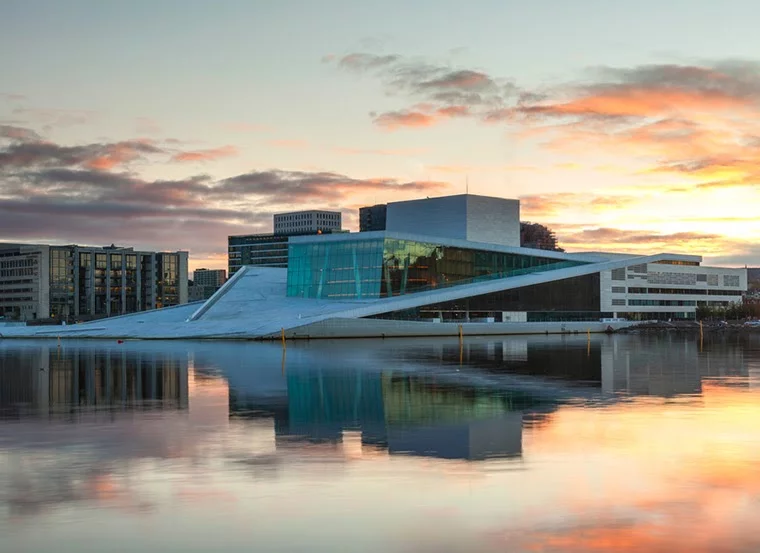
2008: A symbol of modern Norway, Oslo Opera House opened its doors for the first time. Architects Snøhetta would go on to win awards for the eye-catching watefront architecture.
2011: Norway’s biggest act of terrorism takes place. The twin attacks on the government quarter in Oslo and a political summer camp on Utøya resulted in the deaths of 77 people.
2012: The population of Norway reaches 5 million for the first time.
2015: The Rjukan-Notodden Industrial Heritage Site becomes Norway’s eighth UNESCO World Heritage site. UNESCO called it “an exceptional combination of industrial assets and themes associated to the natural landscape.”
2017: The Church of Norway was demoted from state church to national church. It does still recieve state funding.
2020: Norway legalises multiple citizenships, becoming one of the last European countries to do so. Previously, anyone wishing to become a citizen of Norway had to renounce their existing citizenship.

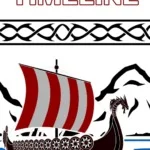

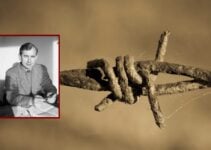


Thanks for providing this history of Norway. I lived there for the first 8 years of my life & left there in Jan. 1952 during the Oslo Winter Olympics.
Turid
Sorry you left , maybe you had no choice but to leave . I Have known for some time that I have Norwegian ancestors. I have something I can’t explain calling me to my homeland .
Very interesting time line ..
Thanks
N. Paulson
I also lived in Norway(Aalesund) from 1943 until 1950 when we immegrated to Bellingham, Wa. I was 7 years old, many times I wish I was still there.
Recently I joined 23&me. Mine blowing, my grate grandfather is Ole Gunleksen. 1837-1915. DNA says he was from Kongsberg area, came to settle in Colfax Wisconsin. His farm name was Vassbotten. I’m 73 and want to know my roots. Want to visit before I pass.
Hey John, This might be helpful. Be sure to verify its relevancy and accuracy.
https://www.ancestry.com/genealogy/records/ole-gunleksen-vassbotten-24-2gqcml
I feel the same way about visiting my heritage home before I die. I will be 70 in May. My dad and his family came here from Norway when my dad was 7 years old. My grandfather was a master builder/carpenter in Norway and the U.S. My dad became an architect. I still have family in Norway, Oslo area. Hope to be able to visit them within the next couple of years.
Kathleen Barth
Thank you for the wonderful information on this website. I truly enjoy learning about my historical roots!
Thank you for this timeline.
I’m half Norwegian by lineage. My grandmother emigrate to the U.S. when she was 11 and my grandfather was the son of immigrants. I grew up in Seattle, in the Ballard area, and went to school in Bellingham for a time.
I’m still trying to find out how the Norwegians and the Italians crossed paths and when. Was it during that circa 900 time period when Vikings explored the Mediterranean? Krumkake is so close to both pizzelles and canoles and Norwegians celebrate Santa Lucia, which is obviously not Norwegian! It’s Italian!
Came to the States from Bergen when I was nine, in 1957. Spent the last 20 years or so tracing my Sabye ancestry. Made it back to Madz Hanson Sæbye born 1640 in Sæby Denmark and moved to Vik I Sogn in 1673, opening one of the first Inns in the area. He was known as the bellringer at the local church. I call him generation 1 as I can’t seem to get further back. His great grandson Hans Peter M Sæbye (Gen 4) was a coppersmith in Vik. His son Anders S. moved to Bergen as a coppersmith and is listed in the Feb. 4, 1866 Bergen Community Census. The family remained in Bergen with various occupations including my Great Grand father who owned a fancy carriage business in 1908. I have many pictures of him and his stables. Fast forward to Generation 8, my father Henry S, a carpenter in Bergen, and the youngest of 5 kids, and the last to move to the States in 1957. We are now on Gen 11 with our grandchildren, and the story continues.